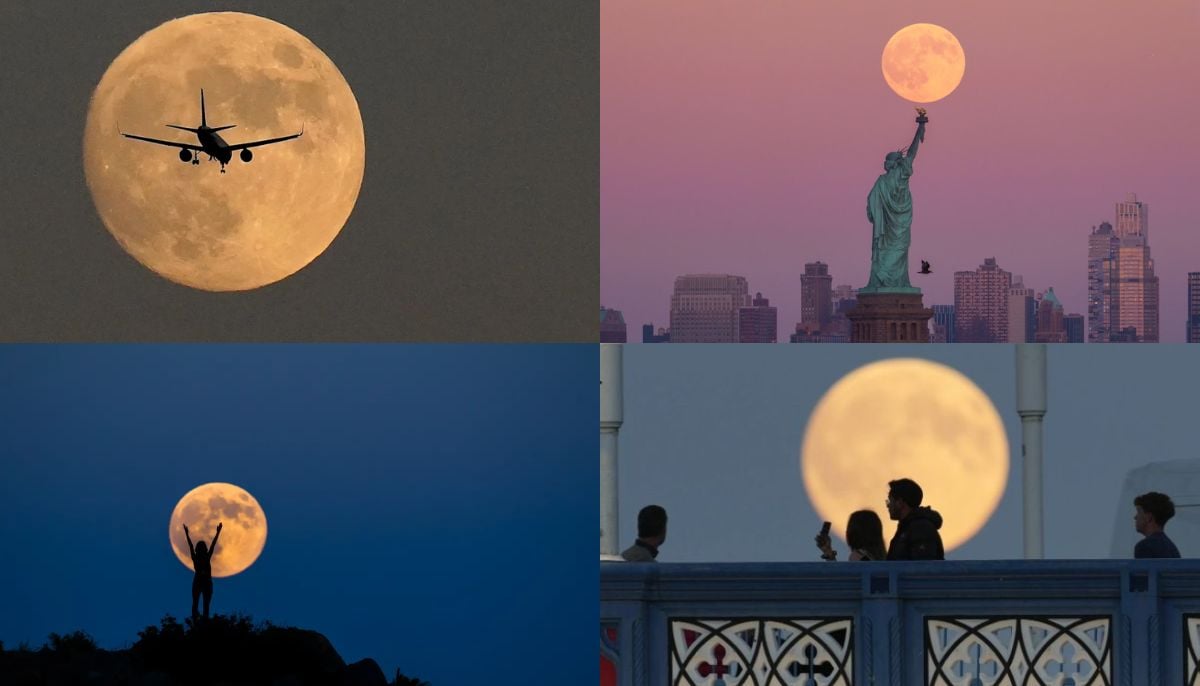Home / Technology
November’s ‘Beaver Moon’ to light up skies: A look back at all supermoons of 2025
'Beaver Moon' comes from time of year when beavers are active in preparing for winters

Stargazers, get ready for the brightest show of the year s the full "Beaver Moon" is set to dazzle the skies on Wednesday (November 5), shining brighter and appearing larger than any other full moon in 2025.
This celestial event, peaking at 8:19am EST, marks the brightest supermoon of the year and the second in a trio of back-to-back supermoons.
Why is November’s Supermoon called a “Beaver Moon?”
For those unversed, the name “Beaver Moon” comes from the time of year when beavers are typically active in preparing for winter, building dams, and gathering food.
Here’s a look back at all the supermoons of this year.
1. January’s Wolf Moon
The year began with the Wolf Moon, a cold but stunning supermoon that howled over winter skies.
Symbolic of midwinter’s stillness, it marked the start of an extraordinary lunar year.
2. March’s new Supermoon and Solar Eclipse
March brought a new supermoon that stole the spotlight. This “invisible” moon partially blocked out the sun, causing a rare partial solar eclipse seen across parts of North America and Europe.
3. April’s Pink Moon
On April 27, sky enthusiasts witnessed the closest new supermoon of 2025.
Known as the Pink Moon, it appeared slightly larger and brighter than usual, even though its name comes from springtime wildflowers and not its colour.
4. October’s Hunter’s Moon
Before November’s main event, October’s Hunter’s Moon gave stargazers a warm-up.
It was the first of three consecutive full supermoons, glowing low and golden as it rose over the horizon.
5. December’s Cold Moon
If clouds spoil your view this month, mark your calendars for December 4, the Cold Moon will close out 2025’s stunning lunar lineup.
However, according to a report, there will be five supermoons occurring in 2029, and five supermoons per year over the next four years until the end of 2033.